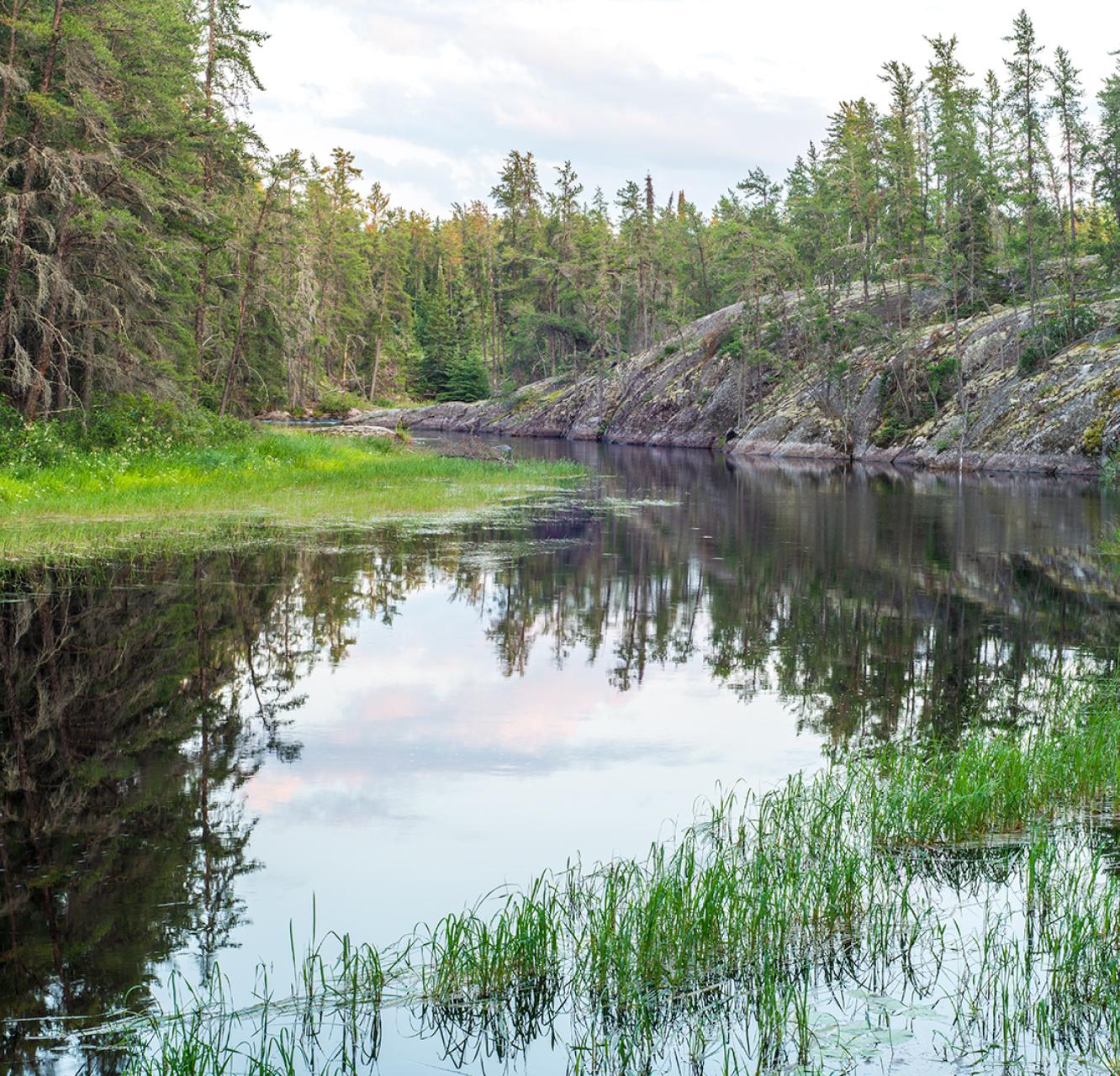MB Votes 2019: Have you read the Intergovernmental Science‑Policy Platform on Biodiversity and Ecosystem Services report? How should Manitoba respond?
Wednesday, September 4, 2019Responses to environmental candidate survey for the 2019 Manitoba provincial election.
Green Party of Manitoba

The Green Party of Manitoba central office sent a response on behalf of most of their candidates. See exceptions below.
The Green Party of Manitoba has always been an advocate for the environment and preserving natural habitat. If anything, Greens will go above and beyond recommendations made to ensure Manitoba is a leader in the world as an environmental champion. Manitoba Greens will raise the bar that has been lowered by other parties and set a standard for others around the world to match.
Liz Clayton, Green Party of Manitoba, Agassiz
We need to protect the wildlands first, so that we can have biodiversity. The Green Party of Manitoba would make our province a world leader in environmental protection.
Martha Jo Willard, Green Party of Manitoba, Notre Dame
Yes, I have read it more than once. Manitoba needs to move quickly to integrate all aspects of the IPCC as quickly as possible as its data is up to date and more worrisome than any other document to date. It is well documented with evidence based research.
Janine Gibson, Green Party Manitoba, Steinbach
Yes I have scanned the Intergovernmental Science-Policy Platform on Biodiversity and Ecosystem Services report and believe it is an important document that needs more attention as I agree we are facing a worldwide biodiversity crisis. Manitoba should respond by reducing our greenhouse gas emissions and protecting our parks and forests from further development to preserve habitat.
Andrea Shalay, Green Party of Manitoba, Union Station
We look to all best available data, as well as best practices, when establishing our policies.
Manitoba has the potential to be a leader in responding to our global ecological crisis. The Green Party of Manitoba is determined to raise the bar that has been lowered by other parties, and to set a standard that can be emulated. We are also ready to collaborate with other nations and jurisdictions, since much of this crisis transcends borders.
David Nickarz, Green Party Of Manitoba, Wolseley
Yes. Regarding the biodiversity crisis response from Manitoba, habitat protection is likely the most important aspect. This is where I would start that response.
PROGRESSIVE CONSERVATIVE PARTY OF MANITOBA

No response.
Manitoba NDP

The Manitoba NDP central office sent a response on behalf of all of their candidates.
“The crisis of biodiversity decline detailed in the Biodiversity and Ecosystem Services report is sobering and makes clear the need for action. It demands greater awareness of the impact on biodiversity from all government policies from infrastructure development to energy management. It demands comprehensive attention to the retention of biodiversity in our province through the protection and promotion of diverse ecosystems and biospheres.
Partnership with Indigenous communities, government agencies, crown corporations, stakeholder groups and committed organizations are needed as well to ensure that strategies and plans to retain and enhance biodiversity in Manitoba are complementary and sustainable.”
Manitoba Liberal Party

The Manitoba Liberal Party central office sent a response on behalf of most Liberal candidates. See exceptions below.
Our plan is much more aggressive than just preservation. Manitoba Liberals will create 50 thousand hectares of new wilderness, while protecting existing wilderness and enhancing stewardship. With the goal of capturing more carbon and the added benefit of helping restore lost habitat for wildlife.
Dr. John Gerrard, Liberal Party, River Heights
We need to begin by acknowledging the fundamental major ecological habitats and ecosystems in Manitoba - boreal forest being one example. We need to ensure we have the capacity to monitor certain aspects of these ecosystems - the species that inhabit them- and the changes in the numbers of a number of sentinel or indicator species. Better understanding fish populations in Lake Winnipeg could be an example of one step in monitoring the diversity in an ecosystem where there is substantial human activity. The inclusion of approaches which use citizen science have a lot of potential. Global efforts in monitoring bird populations can be a good example here. Genetic studies are allowing a monitoring of small organisms in a way that was not possible before can also be important. Beginning with an better knowledge of our existing biodiversity, and then planning how to do long run monitoring are important steps. Long run studies as have been done at the Experimental Lakes Area can be a significant contribution. It is on this knowledge that we can build effective plans to maintain biodiversity. This being said, one of the most important steps is and will be maintaining substantial areas of habitat which is protected and in which natural biodiversity can be sustained.





